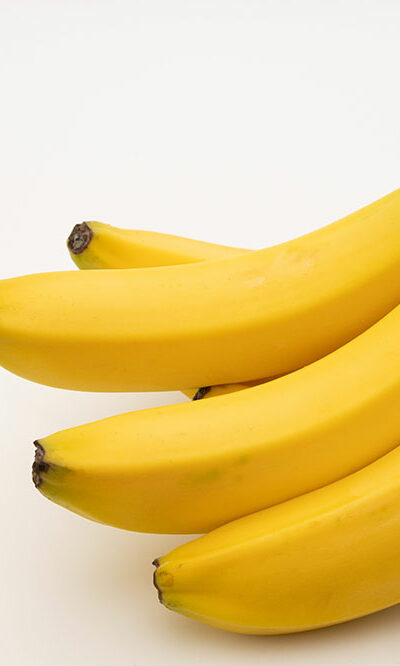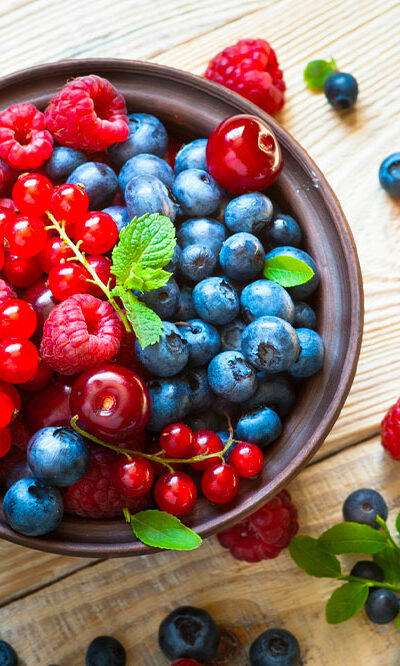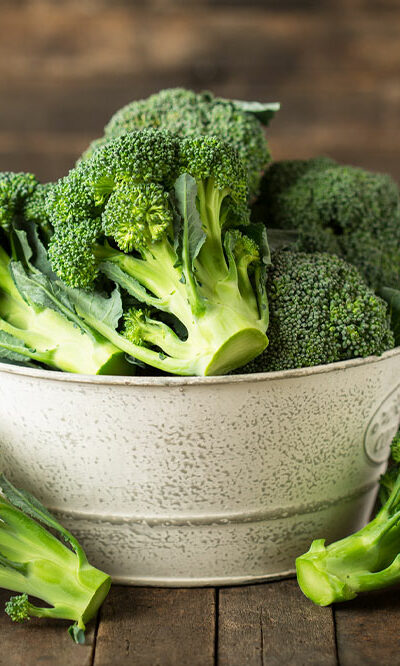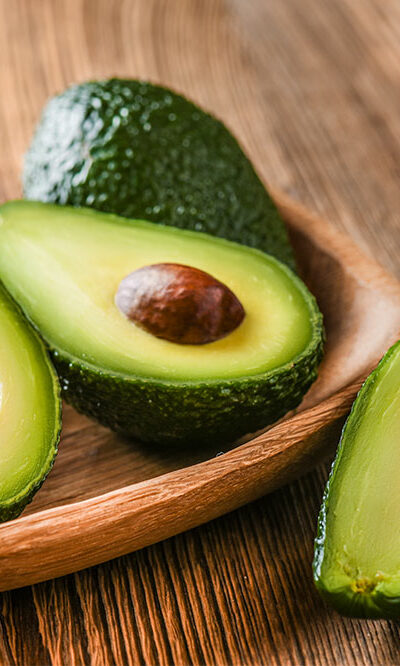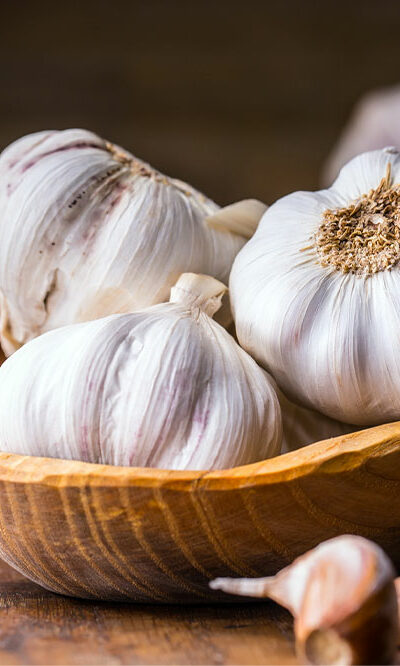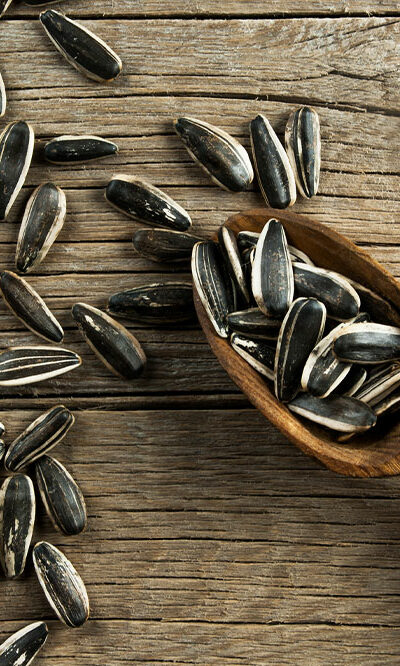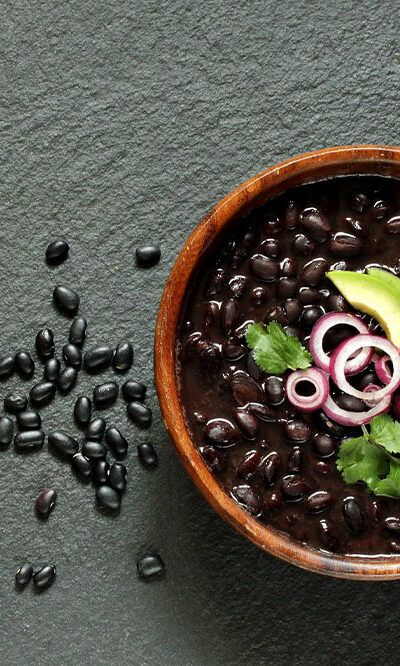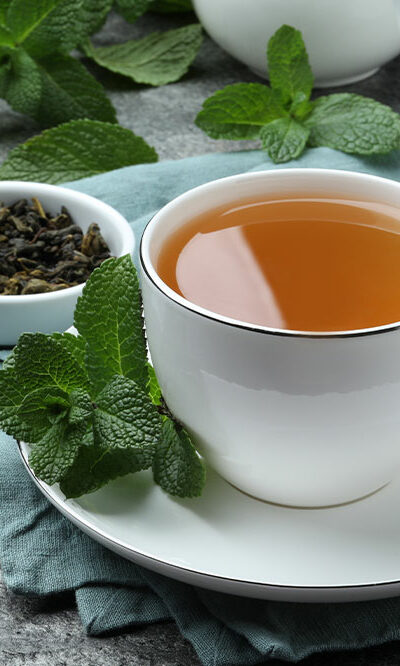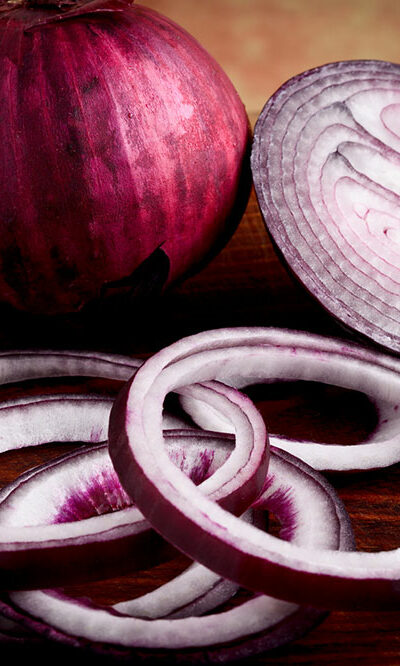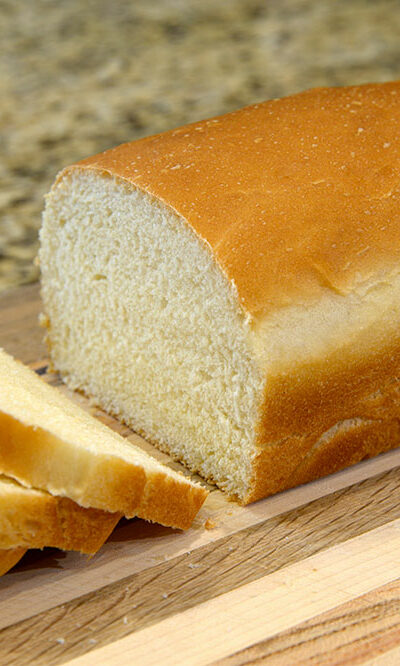
Multiple sclerosis – Foods to avoid
Multiple Sclerosis (MS) is a condition that affects the central nervous system. It is one of the most common neurological disorders and is more common in women than in men. According to some data, this condition affects around 2.2 million people worldwide. Avoiding and eating certain foods could help manage the symptoms of Multiple Sclerosis. In this post, we will explore foods to better manage multiple sclerosis symptoms. Saturated fats Animal products such as red meat, cheese, butter, and full-fat dairy are sources of saturated fats. These foods are known to raise the level of LDL, also known as bad cholesterol, and are linked to inflammation. It could lead to various high-risk conditions such as stroke and heart attack. It is found that people with MS are at a high risk of heart problems, especially women. But specific easy steps would help manage this condition, such as avoiding unhealthy fats. Trans fats Like saturated fats, to deal with and manage MS, it is good to avoid trans fats such as packaged products, baked cookies, and crackers. Trans fats increase the risk of cardiovascular problems by enhancing inflammation in the blood vessels. Therefore, to manage the symptoms of multiple sclerosis (MS), it is best to avoid trans fats such as partially hydrogenated vegetable oils, margarine, etc. Cow’s milk It has been found that cow’s milk is high in saturated fats and loaded with some particular proteins that may worsen the condition of sclerosis. This is because the proteins in milk stimulate the immune cells and lead to the formation of lesions. But still, the reports concerning this research are mixed. So, it is suggested that if you want to reduce the intake of cow’s milk to manage the symptoms of MS, then there must be a regular intake of Vitamin D, calcium, and proteins from other food sources.
